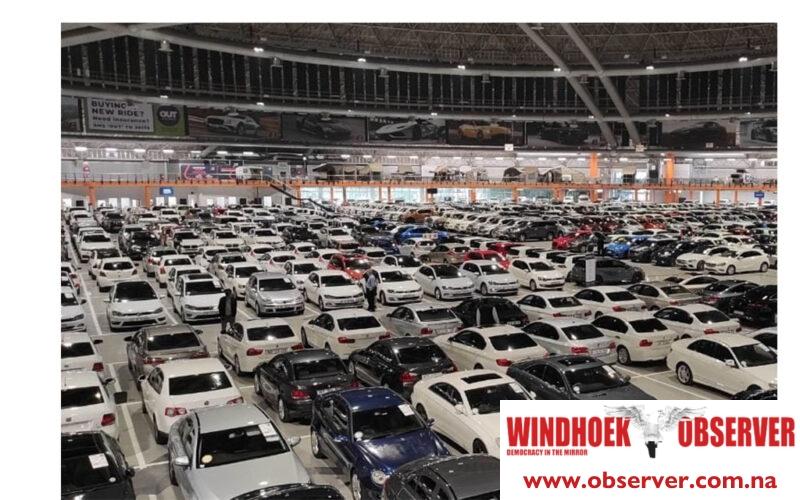Vehicle sales in May in Namibia reached 966 units, marking 7,5% month on month increase from the 899 units sold in April 2024. However, this figure represents a slight decline compared to the 982 units sold in May last year.
Commercial vehicles continue to drive sales in the market. By the end of April this year, corporate instalment and leasing credit uptake has averaged 24.5% year-to-date, while household instalment and leasing credit uptake has averaged 6,1% year-to-date.
Figures released by Simonis Storm Securities in a report showed that out of the 966 vehicles sold in Namibia during May 2024, dealerships accounted for 921 units, while rental agencies acquired 45 units, representing a modest 4,7% of the total sales.
The report said specifically, rental agencies purchased 10 Toyota Hilux in the light commercial vehicles segment, alongside 20 VW Polo Vivos, five Toyota Fortuners, five Toyota Corolla Quests, and five Corolla Crosses in the passenger vehicles category.
The report said there remains no record of vehicle sales to the government. According to the most recent budget from the Namibian Ministry of Finance for the fiscal year 2024/25, N$40.5 million is designated for purchasing vehicles for development purposes. This increase in public spending is expected to contribute to the continuation of an upward trend in vehicle sales in 2024, according to Simonis Storm.
Passenger vehicles (PASS) and light commercial vehicles (LCV) remain the most significant categories, with 460 and 442 units sold, respectively. Sales of passenger vehicles declined by 8,9% year on year compared to the same period last year, indicating a slight decrease in consumer demand for these vehicles.
In contrast, sales of light commercial vehicles increased by 8.1% year on year. Medium commercial vehicles (MCVs) experienced a decline of 31,8% year on year with only 15 units sold in May this year compared to 22 units in May last year.
In contrast, heavy commercial vehicles (HCVs) saw growth of 185,7% year on year selling 20 units in May this year, compared to seven in the previous year and four units sold last month.
Simonis Storm said this increase suggests an uptick in industrial or infrastructure-related activities requiring heavier vehicles. Extra heavy vehicles (XHVs) experienced a decline of 33,3% year on year and only three buses were sold in May this year.




